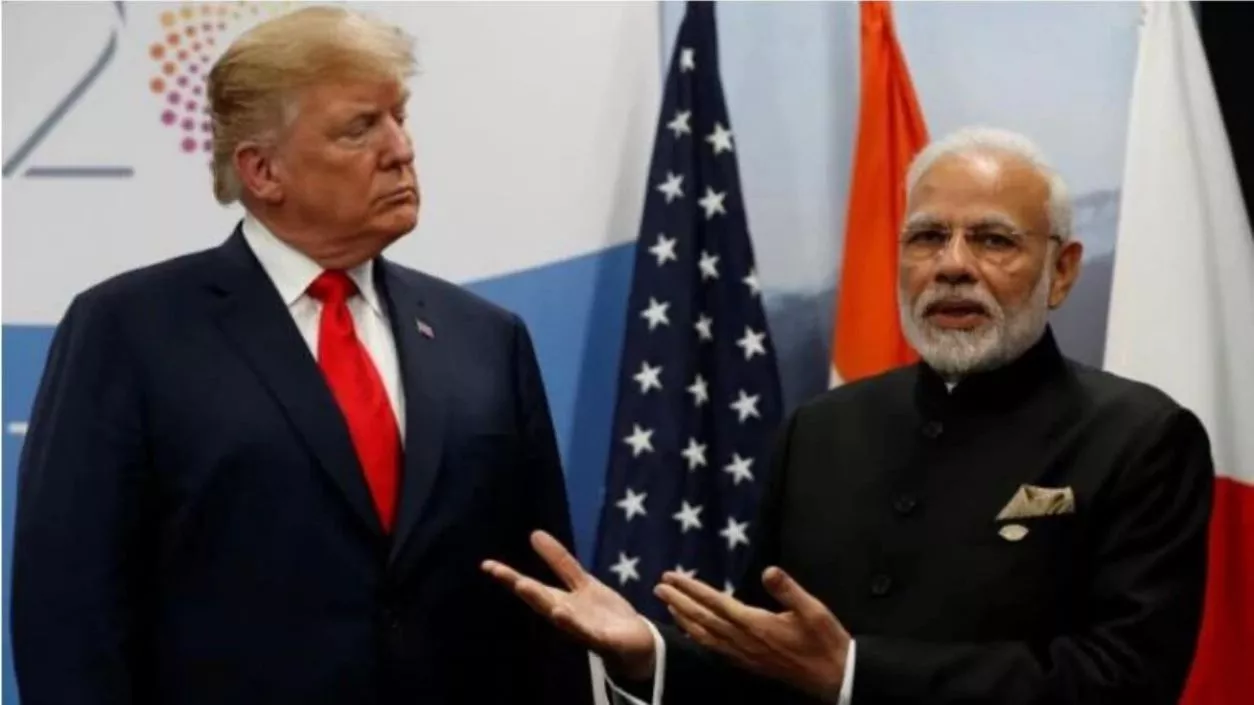Protests erupt outside Kasba Police station as 3 arrested in alleged Kolkata college gang rape
.gif)
.gif)

US President Donald Trump’s 26% tariff on imports from India officially came into effect on Wednesday. The announcement was made by Trump on April 3 during a “Liberation Day” event at the White House, where he introduced a series of reciprocal tariffs on several countries with trade surpluses against the US. Trump stated, “India charges us 52%, so we will charge them half of that – 26%.” He also referred to Prime Minister Narendra Modi as “a great friend” but said, “You’re a friend of mine, but you’ve not been treating us right.”
The new tariff applies to a wide range of Indian exports, including automobile parts, gems and jewellery. However, key sectors such as pharmaceuticals, semiconductors, and copper have been exempted. India currently supplies nearly half of all generic medicines used in the United States. According to reports, the Trump administration calculated these tariffs by taking the US trade deficit with each country, dividing it by the value of US imports from that country, and then halving the figure to set the tariff rate.
The Indian government has not announced any retaliatory measures. Instead, it is holding discussions with industry stakeholders to assess the full impact of the tariff and gather feedback. A crucial meeting of the Union Cabinet is scheduled for later today to discuss measures aimed at minimising the adverse effects on Indian exporters. Sources said the government is evaluating trade strategy options while also focusing on finalising the Bilateral Trade Agreement with the US.
India has already taken several steps aimed at addressing US concerns over trade imbalances. These include lowering import duties on American bourbon whiskey and Harley-Davidson motorcycles, and removing a digital services tax that had impacted US technology companies. Officials are also studying a clause in the US executive order that provides relief to countries that take “significant steps to remedy non-reciprocal trade arrangements.”
External Affairs Minister S Jaishankar and US Secretary of State Marco Rubio spoke by phone on Monday, marking the first high-level communication following the tariff announcement. Jaishankar posted that both sides agreed on the importance of concluding the US-India bilateral trade agreement at the earliest. The discussion also covered broader regional and global developments including the Indo-Pacific, Europe, West Asia, and the Caribbean.